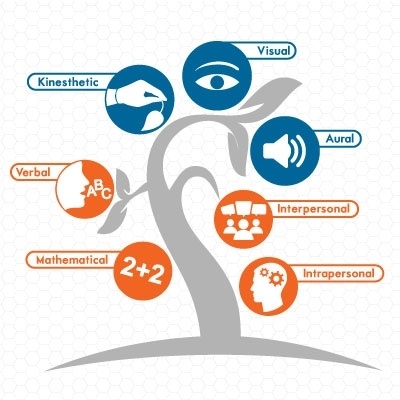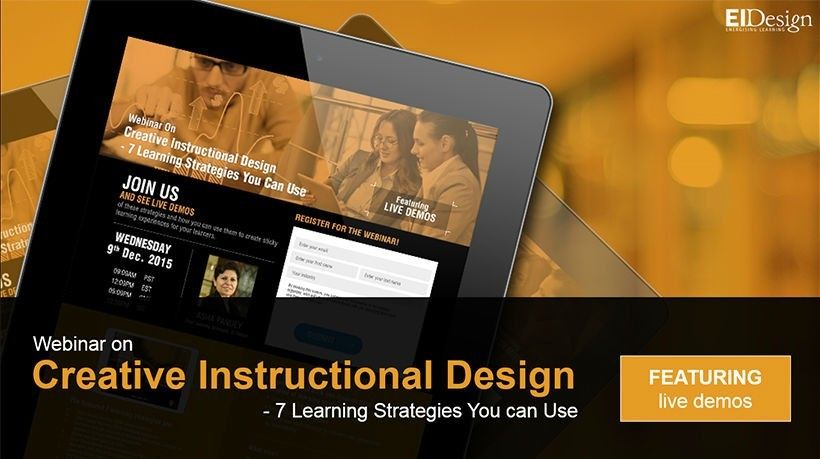Discussing Instructional Design And Learning Styles: How Should Training Designers Deal With Learning Styles?
A learning style refers to the preferred method in which an individual likes to engage with, assimilate, understand, or remember information. Learning styles have as many foes as friends in the academic as well as scientific world; matching instructional methods with a learner’s learning style faces the most flak. So, what about Instructional Design and learning styles? Critics argue that it is hard to accurately measure individuals’ learning styles. Indeed, that is easier said than done.
What’s My Learning Style?
Let’s say, I ordered a piece of furniture that requires self-assembly. There is a printed booklet with instructions on how to set it up. The instructions are mostly textual with just a single diagram showing the final assembled piece. All I refer to is this final diagram when I get down to assembling the piece. Does that make me a visual learner? Or a Kinesthetic learner (because I prefer to get my hands dirty by doing)? There are other times when I would love to listen to my audio books during flight journeys or long distance driving. Does that make me an auditory learner? I guess I am a bit of all three, and it depends on the context, time, and, more importantly, the subject in question.
Does that mean we should completely ignore learning styles? I don’t think so. Certainly not in the case of online learning. For example, if we have to design an eLearning course for compliance training, it would be effective to use a combination of images, avatars, narration, and interactive elements to appeal to all senses – visual, auditory, and kinesthetic. Most of us do use all three senses (albeit in varying degrees) to absorb new knowledge or information. So, when creating online courses, it is best to have a balance of all these learning modalities.
The VAK Theory
In 1987, Neil Fleming, educational developer, introduced the concept of the VARK theory (VAK for short).
VARK is an acronym for these modalities of learning:
- Visual.
- Auditory.
- Read/Write.
- Kinesthetic.
If we have to understand them in the context of eLearning course design,
- Visual learners learn best through graphics, pictures, diagrams, or videos. So, where essential, these elements need to be incorporated in an eLearning course.
- Fleming segregated the visual component into Visual and Read/Write because he noticed some people clearly preferred textual content over images, pictures, and maps. You need to factor them too while developing an online course.
- Auditory or Aural learners need to listen to explanations about a concept or procedure to be able to understand easily. Textual content can be supplemented with voice-over to make it easy for aural learners.
- Kinesthetic learners learn by doing and need to be engaged in an activity to make sure they master a concept. Interactives, puzzles, and games are good tools that can engage a kinesthetic learner in an online course.
However, there is no certainty that a person will be a 100% visual learner and continue to be so all his/her life. Similarly, I may prefer audio instructions at a particular point, but that does not necessarily make me an auditory learner for life. These learning preferences are merely guidelines and have to be used based on the content and context of learning.
What Should Instructional Designers Do?
When Instructional Designers get down to design an eLearning course, they get a broad idea of their target audience (who they are designing the course for). By no means do they get a break up of the visual, auditory, and kinesthetic learners in their audience. Therefore, the safe way is to assume that people use a combination of all the modalities of learning and design courses that incorporate all these elements in fair balance.
The key is the content and the goal is to present it in the best way that helps the audience understand. Let’s say we have to develop a training course for shop floor employees who risk injuring their back due to the improper handling of heavy equipment. The best way to present facts will be by using line diagrams or animations. You can do so with textual content as well, but it may be a lot simpler for people to understand when put in a visual form. It is easier to comprehend the seriousness of the safety guidelines and would certainly have a better impact.
Therefore, instead of being bothered about the learning styles of the audience, it is best to focus on the subject and present the content through a judicious mixture of auditory, visual, and kinesthetic elements. The main idea is that the Instructional Design should fulfill the objective of learning in the best possible manner.
To know more about Instructional Design and all the aspects that are essential to design an eLearning course, download the eBook Instructional Design 101: A Handy Reference Guide To eLearning Designers now!










